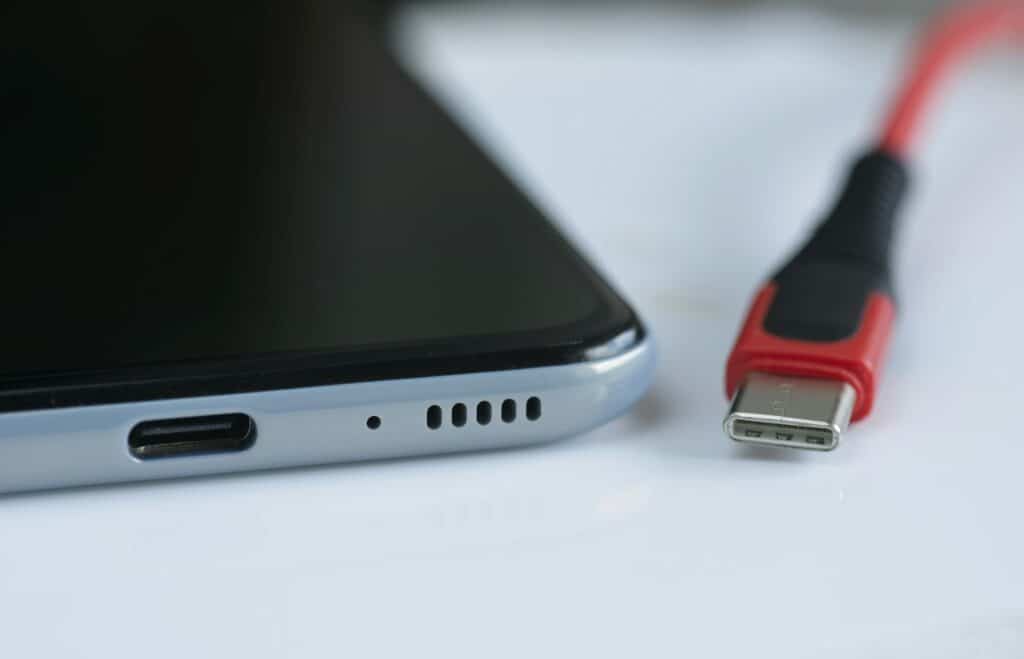
USB4 Cable Specifications: The Future of High-Speed Connectivity
Introduction As technology continues to evolve, the demand for faster, more efficient connectivity solutions has become critical for businesses and
The USB-C connector and USB-C cables are revolutionizing the way we connect and power our devices. As technology advances, these versatile connectors are becoming the standard for a wide range of electronics. In this comprehensive guide, we will explore everything you need to know about USB-C connectors and cables, their benefits, applications, and why they are crucial for your business.
USB-C, also known as USB Type-C, is a 24-pin USB connector system, which is distinguished by its two-fold rotationally-symmetrical connector. Unlike previous USB versions, USB-C can be inserted either way, making it more user-friendly. It supports various protocols, such as USB 3.1, USB4, and Thunderbolt 3, allowing for faster data transfer rates, improved power delivery, and the ability to carry audio and video signals.


USB-C connectors and cables are used in a wide range of applications, from consumer electronics to industrial equipment. Here are some common uses:
| Device Type | Usage |
|---|---|
| Smartphones and Tablets | Charging and data transfer |
| Laptops and Computers | Fast data transfer and power delivery |
| Monitors and Displays | Carrying video signals |
| Peripheral Devices | Connecting external hard drives, printers, etc. |
| Automotive Industry | Charging and in-car entertainment systems |
Understanding the different standards and protocols supported by USB-C is essential for maximizing its potential:
USB-C is now the go-to connector for many smartphones, tablets, and laptops. It simplifies connectivity by allowing a single port for charging, data transfer, and video output.
USB-C ports are increasingly found in vehicles, providing fast charging for passengers’ devices and connecting to infotainment systems.
In industrial and medical settings, USB-C cables are used for reliable and high-speed data transfer, powering equipment, and ensuring seamless operation.
| Feature | USB-A | USB-B | USB-C |
|---|---|---|---|
| Reversibility | No | No | Yes |
| Data Transfer Speed | Up to 5 Gbps (USB 3.0) | Up to 10 Gbps (USB 3.1) | Up to 40 Gbps (USB4) |
| Power Delivery | Limited | Moderate | Up to 100 watts |
| Protocol Support | Limited | Limited | Multiple (HDMI, DP, etc.) |
When selecting USB-C cables for your business, it’s essential to consider the following factors:

At EDOM Electronics, we specialize in manufacturing high-quality USB-C connectors and cables tailored to meet the demands of B2B buyers and OEM manufacturers. Our products are designed to deliver reliable performance, exceptional durability, and seamless compatibility with a wide range of devices.
USB-C connectors and cables are at the forefront of connectivity technology, offering unparalleled versatility, speed, and power delivery. As the industry standard, they are essential for modern electronic devices. By choosing EDOM Electronics, you can ensure your business stays ahead with high-quality, reliable USB-C solutions.
For more information about our products and how we can support your business needs, contact us today.

Introduction As technology continues to evolve, the demand for faster, more efficient connectivity solutions has become critical for businesses and

Understanding the Evolution of USB Connectors In today’s technology-driven world, USB (Universal Serial Bus) connectors are an integral part of

At EDOM Electronics, we take pride in our meticulous approach to manufacturing high-quality USB C to C cables. Today, we’re
WhatsApp us
